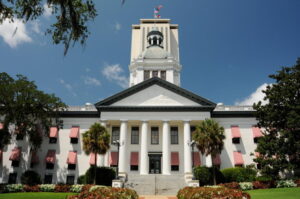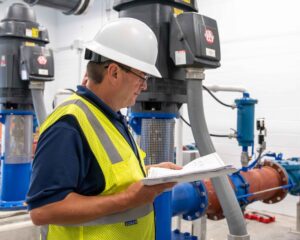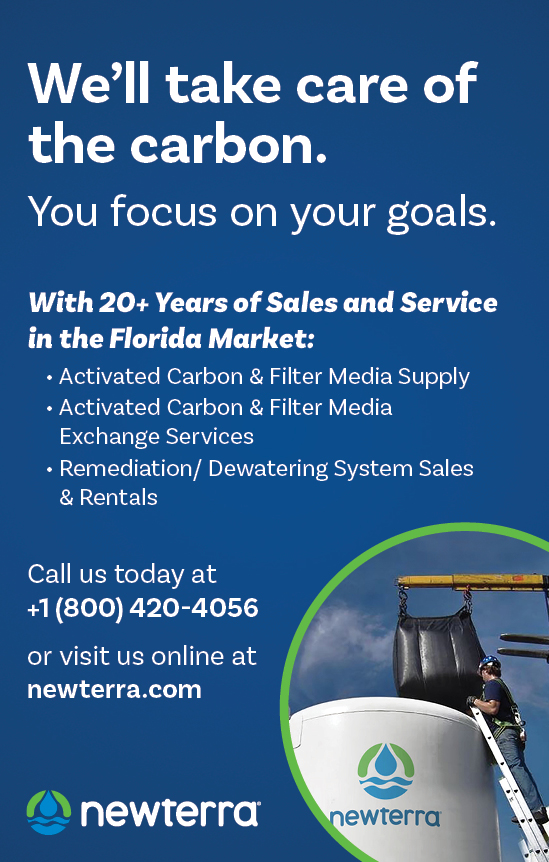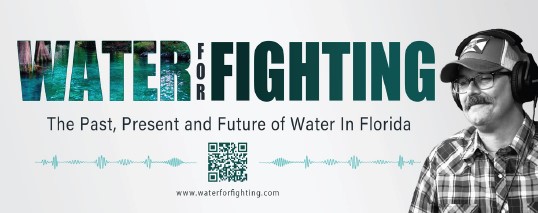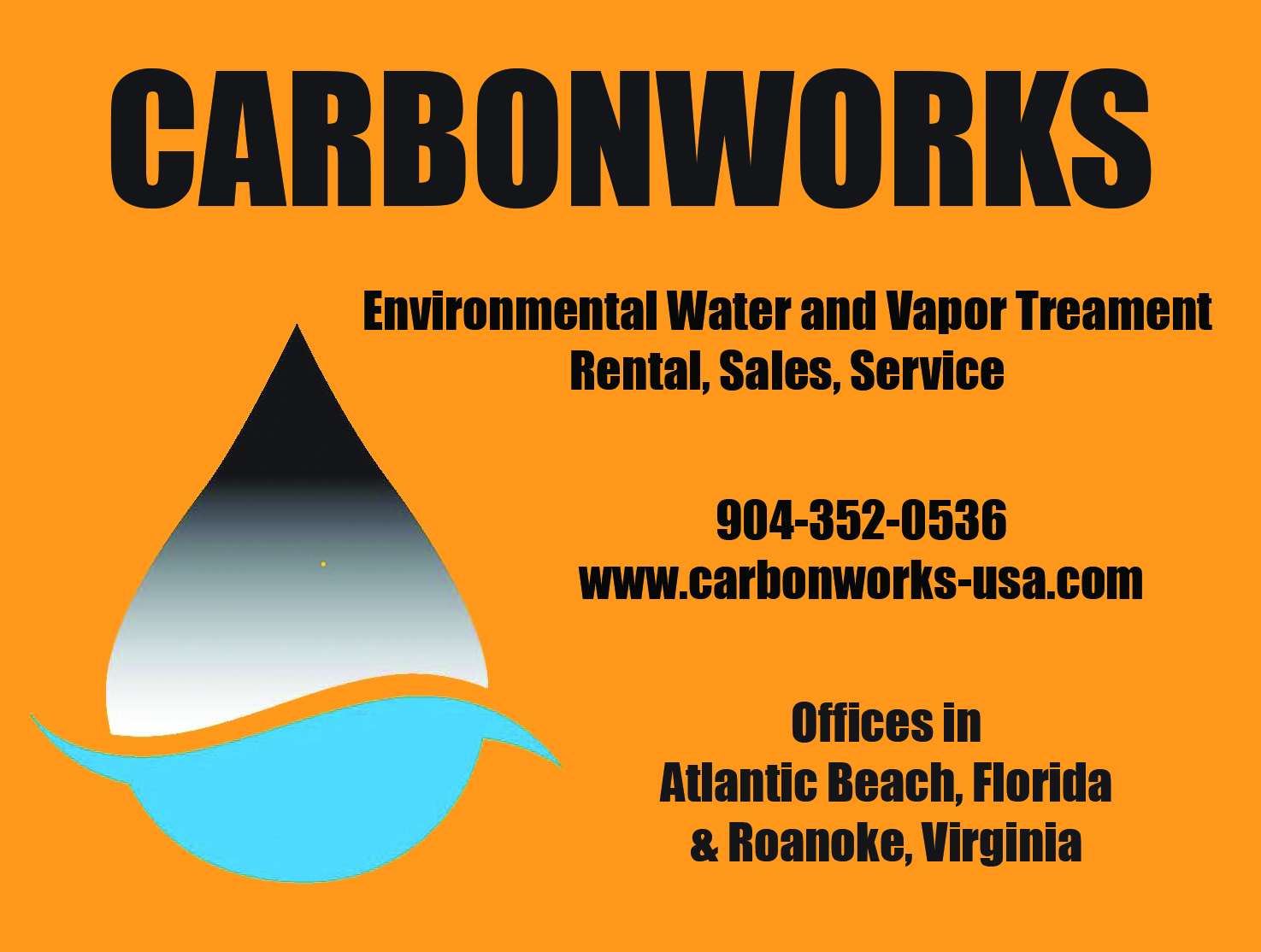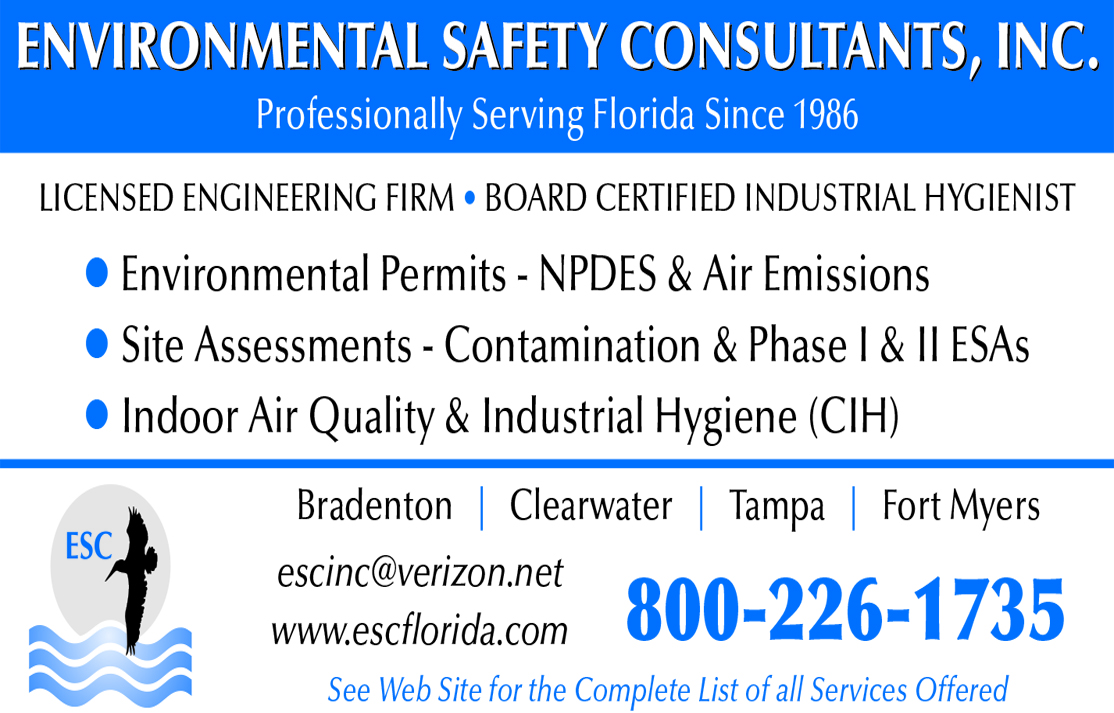By BLANCHE HARDY, PG
The Notice of Funding Opportunity (NOFO) is pending for the Charging and Fueling Infrastructure Discretionary Grant Program (CFI Program).
This is a new competitive grant program created by the Bipartisan Infrastructure Law.
The CFI Program will make available $700 million.
The funding is proposed to assist in the creation of publicly accessible and convenient electric vehicle charging and alternative fueling infrastructure.
Consideration will be given to urban and rural areas in publicly accessible locations, including downtown areas and local neighborhoods, particularly in underserved and disadvantaged communities, and in designated Alternative Fuel Corridors (AFCs).
“This is a major step toward a world where every EV user will be able to find safe, reliable charging stations anywhere in the country,” said U.S. Transportation Secretary Pete Buttigieg. “We’re establishing common, universal standards for EV charging stations just like the ones for gas stations, so that recharging an EV away from home will be as predictable and accessible as filling up a gas tank.”
— U.S. Transportation Secretary Pete Buttigieg
Eligibility for the grants is broad and includes states or political subdivisions of states, metropolitan planning organizations, local governments, special purpose districts or public authorities with a transportation function, including port authorities, Native American Tribes, U.S. Territories, and entities owned by the listed acceptable applicants including publicly accessible transportation facilities.
The program will invest in sustainable infrastructure that is accessible to drivers of electric, hydrogen, propane, and natural gas vehicles.
Two funding categories will be included in the grants, Community Charging and Fueling Grants (Community Program) and Alternative Fuel Corridor Grants (Corridor Program).
Community Program and Corridor Program projects may cover development phase activities, including planning, feasibility analysis, revenue forecasting, environmental review, preliminary engineering and design work, and other preconstruction activities.
The acquisition of real property and related construction and reconstruction costs for the installation of publicly accessible charging and fueling infrastructure for vehicles also are eligible to apply for the grant funding.
Both Programs cover contracting with a private entity for operations and maintenance costs of infrastructure directly related to the vehicle charging and fueling, propane fueling infrastructure for medium- and heavy-duty vehicles, and the installation of traffic control devices in the right-of-way to provide directional information to infrastructure acquired, installed, or operated with grant funds.
Community Program projects are expected to reduce greenhouse gas emissions, expand or fill gaps in access to publicly accessible charging and alternative fueling infrastructure, and may conduct educational and community engagement activities through partnerships with schools, community organizations, and vehicle dealerships to support the use of zero-emission vehicles and associated infrastructure.
Community Program applications will be prioritized within rural areas, low-and moderate-income neighborhoods, communities with low ratios of private parking spaces, and communities with high ratios of multi-unit dwellings. Market demand, accessibility, and charging speed will also be considered.
Selection consideration within the Corridor Program will be given only to projects funded under the CFI Corridor Program. Projects proposed under this category need to improve automated fare collection networks by converting corridors from corridor-pending to corridor-ready, provide infrastructure redundancy to meet excess demand, and reduce congestion in existing high-traffic locations.
Corridor Program applicants need to meet current or future market demands for charging and fueling infrastructure, support a competitive market without impairing existing providers, improve access, enable or increase construction that may not be completed without Federal assistance, and create charging and fueling infrastructure for medium- and heavy-duty vehicles along the National Highway Freight Network and near intermodal transfer stations.●



